![]() ChiaroScuro presents
ChiaroScuro presents
![]() ChiaroScuro presents
ChiaroScuro presents
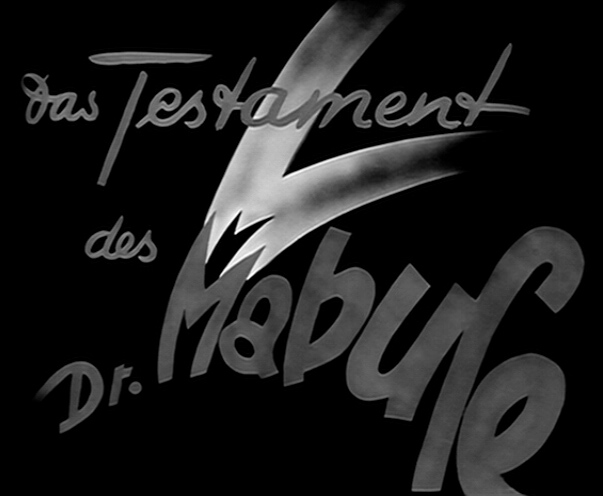
(The Testament of Dr Mabuse | Le Testament du Dr. Mabuse)
|
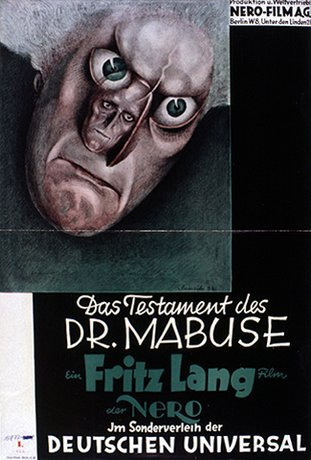
|
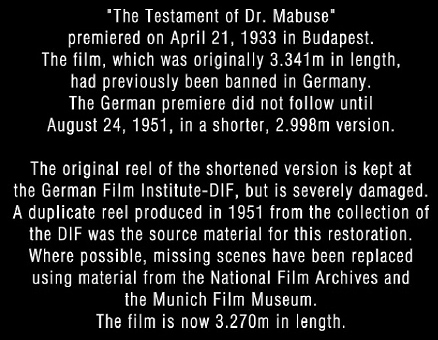
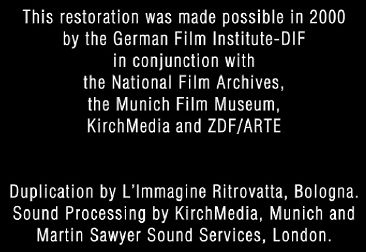
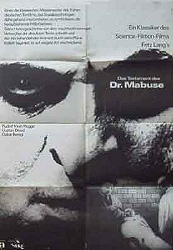 |
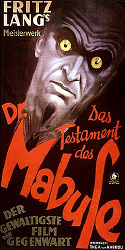 |
|
"The Testament of Dr. Mabuse was Fritz Lang's second sound film and a sequel to his enormously successful 1922 silent. Mixing several genres including cop drama, mystery, and horror, Lang created a rare hybrid picture full of striking characters and images. Lensed simultaneously in French and German, Testament details a three-pronged story: one about a crime ring run from behind a curtain by the evil Dr. Mabuse, a second about a guilt-stricken member of Mabuse's gang who has fallen in love, and a third about a determined detective who is stumped by the strange case.
Marked by Lang's brilliant camerawork, the film connects the dots with a number of excellent scenes that culminate in one incredible sequence that jumps back and forth between two thrilling escapes: a couple trapped in a room with a ticking time bomb and the criminals stuck in another building with cops outside the door. In another memorable scene, a doctor who has connected Mabuse to the crimes is gunned down in heavy traffic when the killers use their horns to provide a noisy cover. The exciting car chase featured in the film's climax — led by the evil doctor in his Mercedes — was one of the first of its kind. Performances are very good across the board, but Otto Wernicke really steals the show as Detective Lohmann, a character Wernicke also played in Lang's 1931 classic M. Rudolf Klein-Rogge is sufficiently creepy in the part of Mabuse (he also played the Mabuse role in Lang's silent Dr. Mabuse), although his performance is limited to a handful of brief scenes and some chilling double-exposure shots in which his spirit steps out of his body to do its evil work. ...
"[...] Is Lang's cinema ... the "ultimate metaphor" because it can speak about the cinema as a locus of power and thus, through the cinema, warn about cinema? It is an idea which, as Bellour has also observed, joins the three Mabuse films: "The Mabuse series is, within classical cinema, the most important reflection on the cinema ever produced by a director (to the point that, with their 40-year span, the films could be said to mark the beginning and end of the classical period). The three films... deal with the central power of vision and diffusion, defined by the three major phases of the development of cinema: the cinema as such (silent cinema), sound cinema, and cinema confronting video and television." (CinémAction 47, 1988) In this respect Lang's Mabuse films are indeed essays on the social symbolic represented by the new technologies of surveillance as dissembling machines at once fascinating and frightening. The first Dr Mabuse makes the homology between Mabuse as metteur-en-scène of vision and the cinematic spectacle (at one point the audience witnesses a film-within-the-film which shows a desert caravan riding right through the auditorium). The social dimension emerges in The Testament of Dr Mabuse: at the very beginning of the sound-film period Lang singles out the human voice via loudspeaker and gramophone to demonstrate how readily it lends itself to the manipulation of presence (a dummy Mabuse, wired up to perform sinister deeds of simulated authority, issues commands and bellows instructions, intimidating his gang into believing him to be the more powerful for being heard but not seen). Finally in The Thousand Eyes of Dr Mabuse (1960) it is through the array of television screens, video monitors and other surveillance devices that Lang presses home the notion of a looking-glass world in which sight is not only the sense most easily deceived, but also the one most easily seduced."
"Intuitiv ist in Das Testament des Dr. Mabuse zweifellos das Aufkommen der Nazi-Herrschaft erfaßt worden. Lang schrieb an Norbert Jacques, der die Mabuse-Figur erfunden hatte, man plane mit der Fortsetzung etwas Zeitverbundenes. In einem Werbetext hatte der Verleih zehn Jahre zuvor zur Premiere von Dr. Mabuse, der Spieler behauptet: «Dieser Dr. Mabuse ... war 1910 undenkbar und wird 1930 vielleicht nicht mehr möglich sein - das wollen wir hoffen, möchte man sagen.» Diese Hoffnung hatte getrogen. Angesichts der Wirtschaftsdepression und der politischen Instabilität der Weimarer Republik, der mobilisierten Massen, die sich offene Straßenschlachten lieferten, den SA- und SS-Überfällen und Putschversuchen, deren die rasch wechselnden Regierungen durch Notverordnungen Herr zu werden suchten, angesichts des von Unsicherheit und Angst geprägten gesellschaftlichen Klimas mußte, selbst wenn Lang die politische Analogie nicht bewußt war, Mabuse als höchst zeitgemäße Figur erscheinen. Im ersten «Mabuse»-Film war der diabolische Verbrecher am Ende nicht (wie in der Romanvorlage) gestorben, sondern wurde in eine Irrenanstalt eingeliefert. Von dort aus treibt er nun sein Unwesen. Den Arzt und Anstaltsleiter hat er mit Hilfe hypnotischen Zwangs zu seinem Werkzeug gemacht, um einen ebenso genialen wie wahnsinnigen Plan zu verwirklichen: Sabotage- und Terrorakte sollen die Ordnung unterminieren und zerstören, um auf dem Chaos die Herrschaft des Verbrechens zu errichten: «Die Seele des Menschen muß in ihren tiefsten Tiefen verängstigt werden durch unerforschliche und scheinbar sinnlose Verbrechen, Verbrechen, die niemandem Nutzen bringen, die nur den einen Sinn haben, Angst und Schrecken zu verbreiten.» Es ist ein mit Raffinement inszenierter Kriminalfilm, in dem unschwer Motive, die Lang zeitlebens fasziniert haben, wiederzuerkennen sind: klaustrophobische Ängste in geschlossenen Räumen, magische Kommunikation mittels Hypnose oder technischer Apparate, rätselhafte Zeichen und ihre Dechiffrierung. Auch die beiden Gegenspieler sind Figuren aus früheren Filmen; Mabuse aus dem zehn Jahre zuvor gedrehten Stummfilm und Kommissar Lohmann aus «M». Beide Filmstile vermischen sich in Das Testament des Dr. Mabuse: Die generalstabsmäßig organisierten Aktionen der Verbrecherbande und das Zusammenziehen des Verfolgernetzes werden virtuos dargestellt mit den bei «M» erprobten neuen ästhetischen Möglichkeiten; in der Welt Mabuses, der in der Zelle stumm und dumpf brütend seine Botschaften aufzeichnet, dominieren die visuellen Effekte des expressionistischen Films. In der Figur des Psychiaters laufen beide Linien zusammen; seine gespaltene Existenz wird durch Doppelbelichtungen sichtbar.»
"The film is studded with shoot-outs, burnings, bombings, explosions. On the purely cinematic level, Das Testament des Dr. Mabuse contains some of Lang's most spellbinding work, including an eerie high-speed automobile chase at the climax, with streaks of highway and ghostly tree branches whizzing starkly by. [...] According to Heinrich Fraenkel and Roger Manvell in their book Doctor Goebbels, His Life and Death, Goebbels explained on one occasion, 'I banned it [Das Testament] because it proves that an extremely determined group of men, whether they seriously want to or not, are perfectly capable of unhinging, no matter which State, by using violence.' But that was short of calling the 1933 film, outright, an explicit anti-NSDAP parable. Goebbels, in private, appears to have been the film's unlikely champion. When Lang went away to Paris, the propaganda minister saw no contradiction in celebrating his thirty-sixth birthday, in October of 1933, with a showing of Das Testament for privileged guests at his official residence. Since Goebbels styled himself a cineast, no doubt this was the 'flashback-less version' denied to the German masses."
|
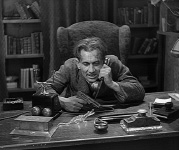
|
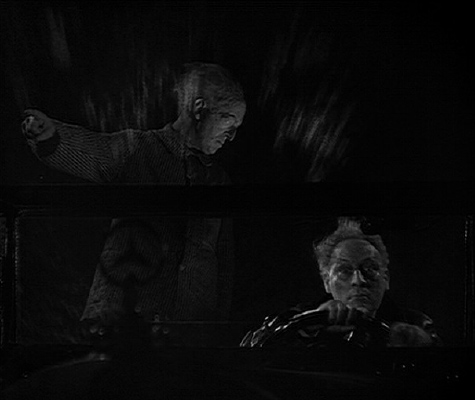
|
|
Eureka PAL Region 0 (UK) vs.
Eureka R0 screenshots courtesy of |
Universum PAL Region 2 (Germany) |
|
|
|
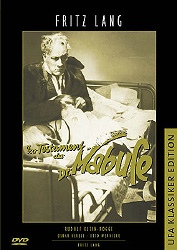
|
||
|
Distribution:
|
Eureka Video Region 0 |
Universum Film / UFA UFA Klassiker Edition Region 2 |
|
|
Runtime:
|
115:45 min (PAL Speedup + 4% = 120 min) | 115:45 min (PAL Speedup + 4% = 120 min) | |
|
Video:
|
1.19:1/4:3 FullScreen Average Bitrate: ? mb/s, ? GB PAL 720x576 25.00 f/s |
1.19:1/4:3 FullScreen Average Bitrate: 6.53 mb/s, 5.80 GB PAL 720x576 25.00 f/s |
|
|
Audio:
|
• Deutsch Dolby Digital 2.0 Mono | • Deutsch Dolby Digital 2.0 Mono (224 kb/s) | |
|
Subtitles:
|
English | Deutsch (captions) | |
|
Features:
|
• Visual Essay: "Who is behind all this?" by R Dixon Smith (16:40 min) |
• Interview by Erwin Leiser with Fritz Lang “Zum Beispiel Fritz Lang” (1964, 46:36 min)
• Scene comparison "Das Testament des Dr. Mabuse" 1932 and 1962 versions (03:19 min) |
|
| DVD Release Date: 22 March 2004 Keep Case Chapters: 17 DVD Encoding: PAL Region 0 1xSS-SL/DVD-5 (4.90 GB) |
DVD Release Date: 15 December 2003 Keep Case Chapters: 21 DVD Encoding: PAL Region 2 (EU/Germany) SS-DL/DVD-9 (8.30 GB) |
|
Comment:
|
While the master of the (in 2000/01) magnificently restored print is the same for both versions (licensed by Transit Films), the German transfer shows some contrast boosting and quite a lot of edge enhancement that can be seen as strong halos around the objects. Eureka's transfer (once more done at IML Digital Melbourne) is a bit softer and less detailed, due to digital noise reduction. Nevertheless, both versions look fabulous on screen!
The Eureka disc contains a Visual Essay by R Dixon Smith, "Who is behind all this?", that looks at the earlier 1922 film Dr Mabuse: Der Spieler, investigates the reasons behind the banning of the film by Goebbels, and attempts to get to the truth behind Lang’s fabulations about his meeting with the Nazi Chief of Propaganda. On the Universum DVD there is the Erwin Leiser interview "Zum Beispiel: Fritz Lang" (For Example: Fritz Lang), but this can be found as well, and in better video quality, on disc 2 of Eureka's great edition of Lang's M. |
|
Available in France: Coffret Fritz Lang This release presents the restored versions of both films and a third DVD of interesting supplements (in French only). See the review. |
 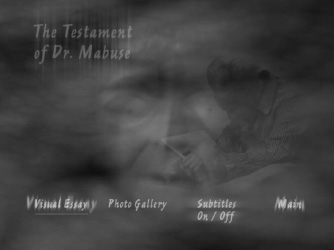 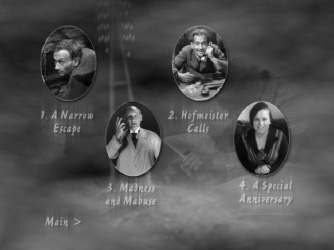 |
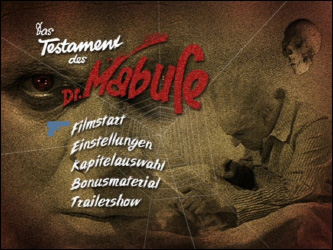 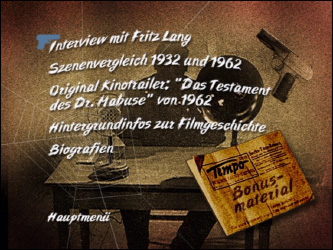  |
Frame 1
(Eureka PAL 768x576 R0 TOP || Universum PAL 768x576 R2 BOTTOM)
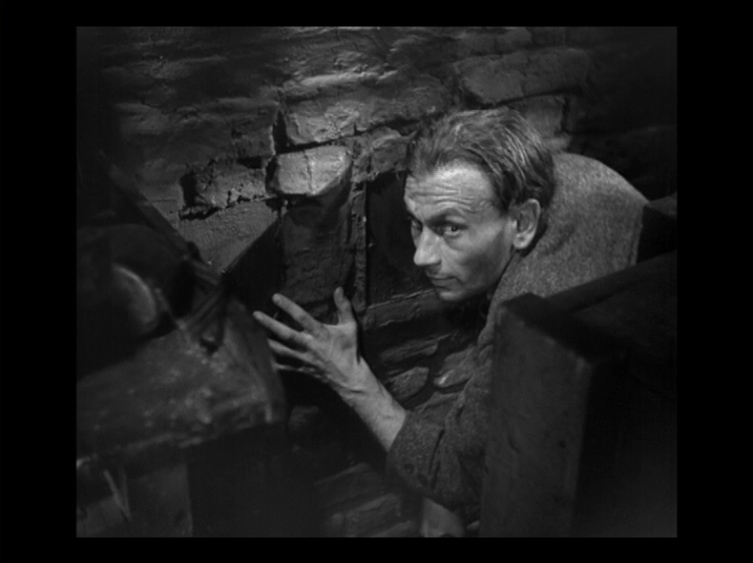 |
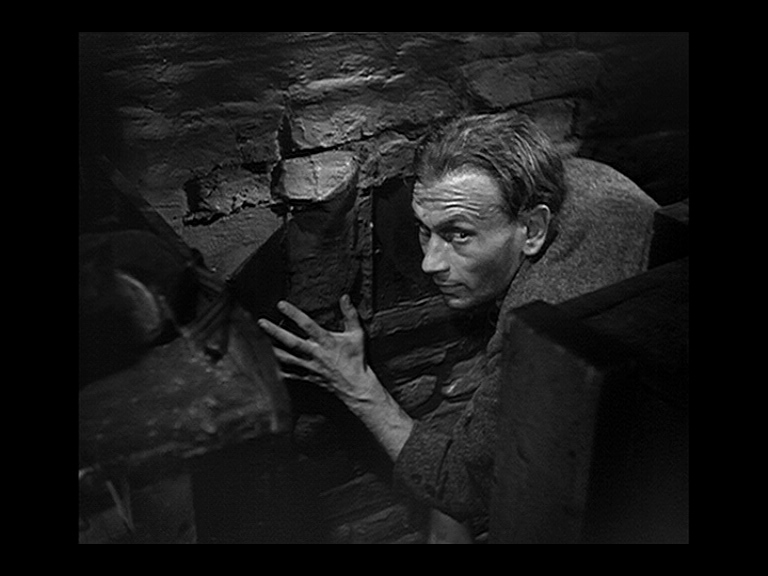 |
Frame 2
(Eureka PAL 768x576 R0 TOP || Universum PAL 768x576 R2 BOTTOM)
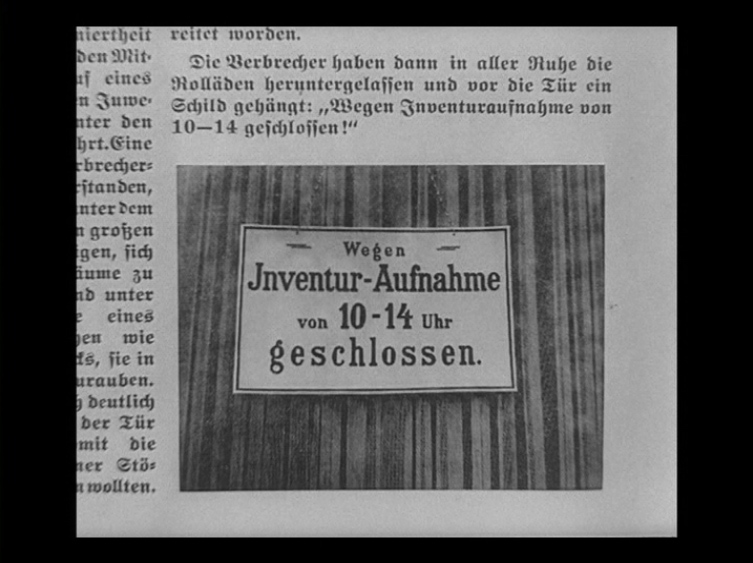 |
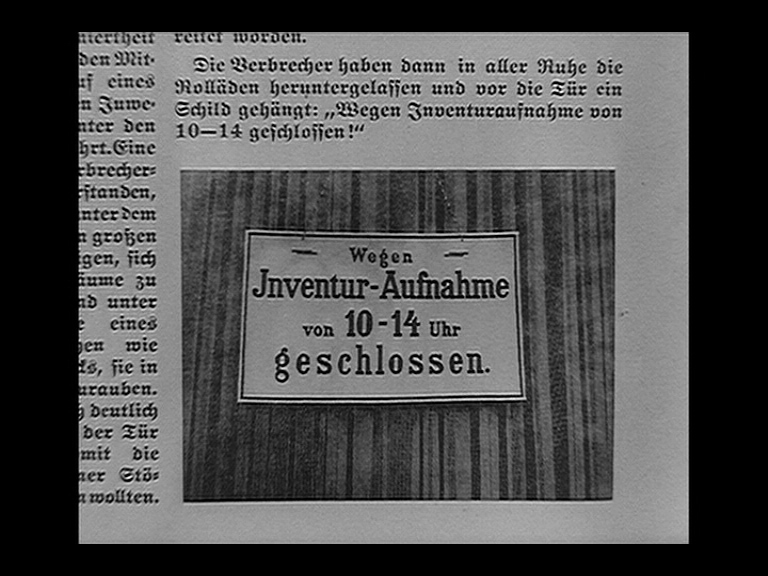 |
Frame 3
(Eureka PAL 768x576 R0 TOP || Universum PAL 768x576 R2 BOTTOM)
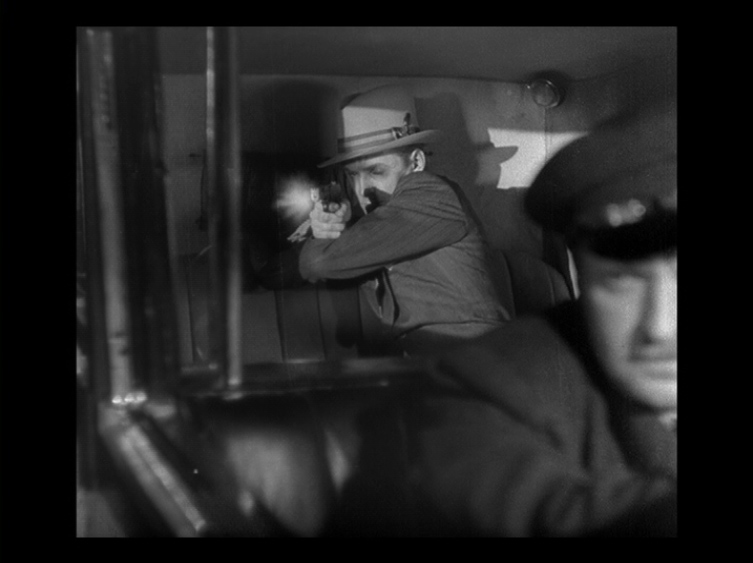 |
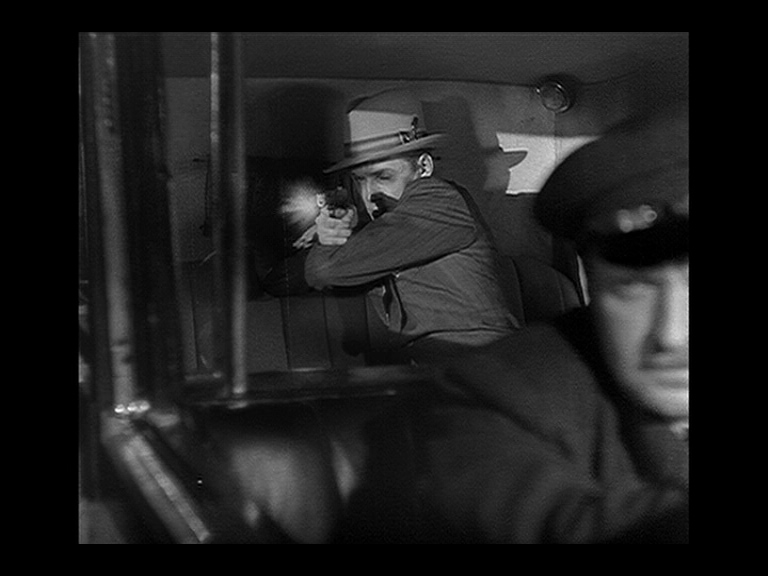 |
Frame 4
(Eureka PAL 768x576 R0 TOP || Universum PAL 768x576 R2 BOTTOM)
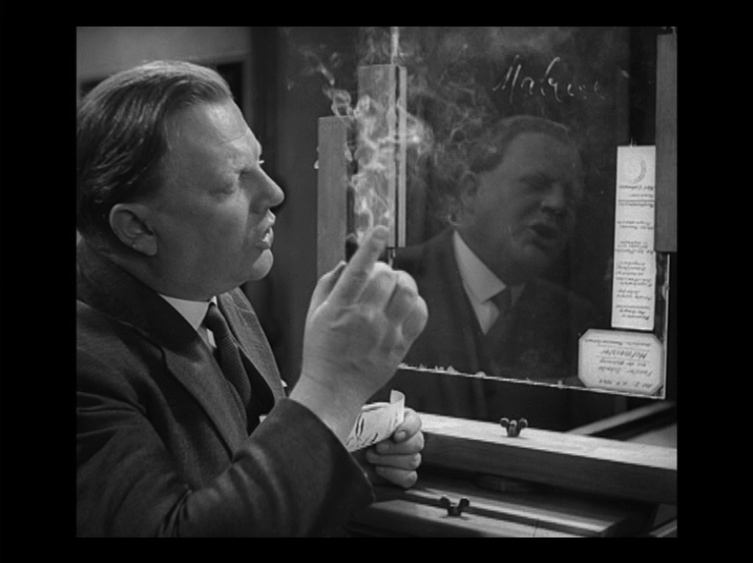 |
 |
Frame 5
(Eureka PAL 768x576 R0 TOP || Universum PAL 768x576 R2 BOTTOM)
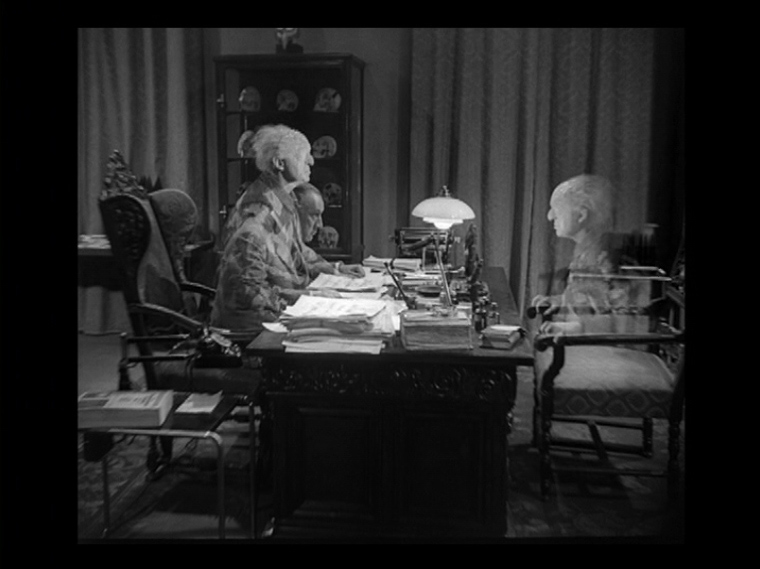 |
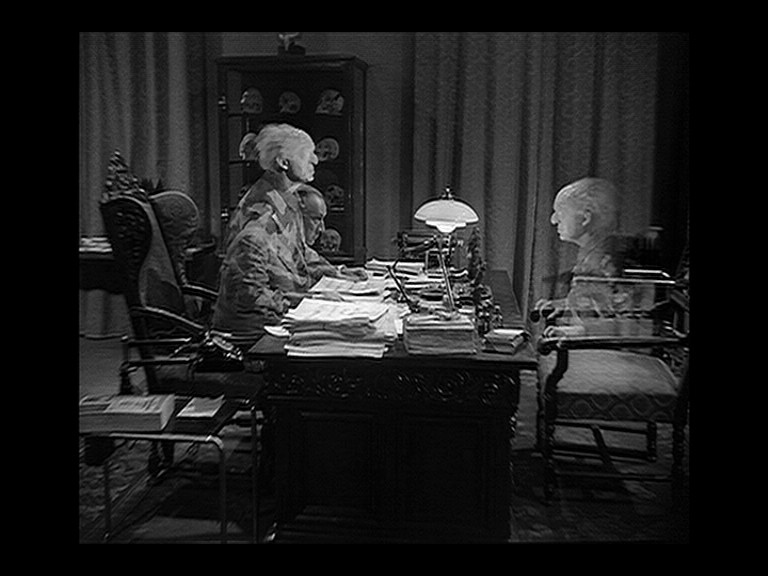 |
Frame 6
(Eureka PAL 768x576 R0 TOP || Universum PAL 768x576 R2 BOTTOM)
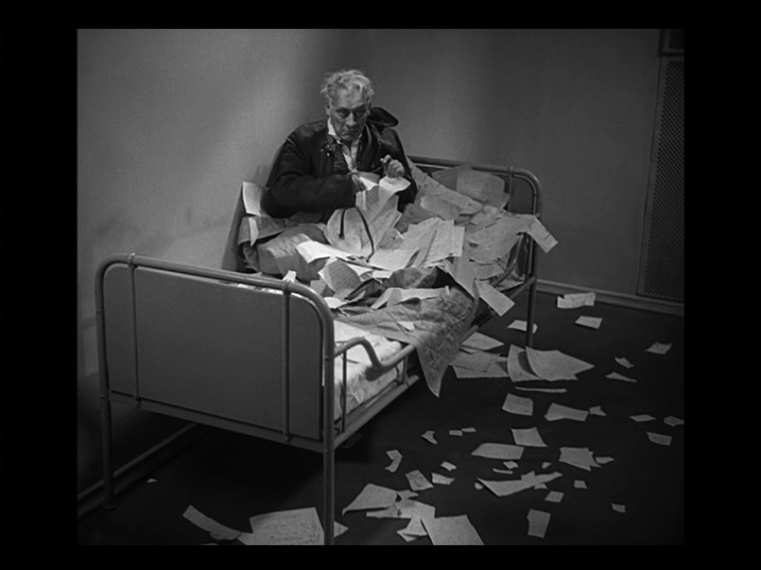 |
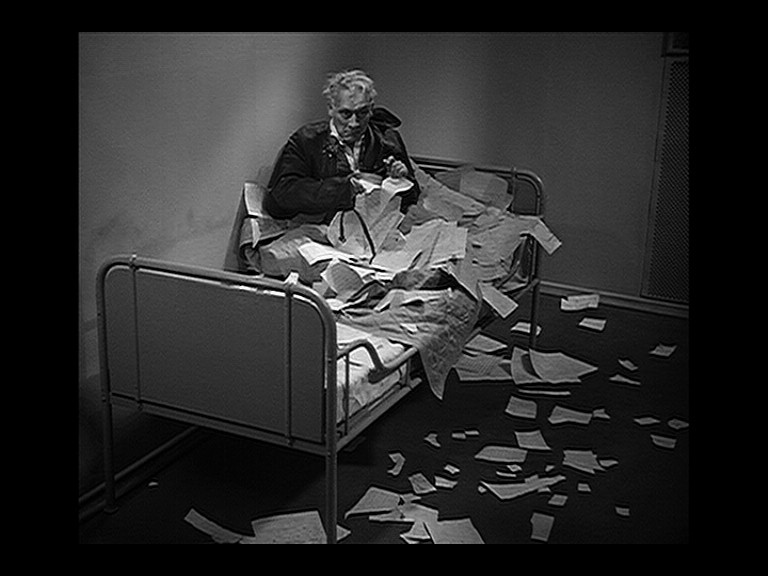 |
Average Bitrate Eureka PAL R0:
(non available)
Average Bitrate Universum PAL R2:
6.53 mb/s
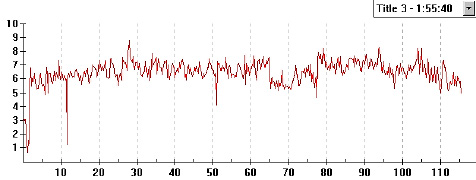
The Vertical axis represents the bits transferred per second. The Horizontal is the time in minutes
|
This is a strictly non-professional and non-commercial DVD review. Don't expect industry reference work! All ChiaroScuro captures are taken under MacOS X using VideoLAN and Snapz ProX. For further methodological remarks see DVDBeaver (click on "Methodology"): "We are not a lab and are doing a good a job as our time and energy permits. Thank you for understanding." |